Introduction to Reverse Engineering
Stefan Friese
02 November, 2023
Topics
- Effective Reverse Engineering
- Reversing with Ghidra
How Do You Reverse
Reverse Engineering demands a lot of knowledge in multiple fields.
Some topics are
- Assembly Language
- ANSI C
- Other Languages
- Syscalls
- Cryptography
How do you reverse engineer without knowing little about these topics?
Reversing is Work
Work is a product of power by time.
P is your power to solve an issue.
W = P x t
The smarter you tackle work, the less time you need to solve an issue.
Knowledge is a Map
You conventiently drive around the city using the underground. That’s how you get to know the main spots of the city.

Knowledge is a Map
Invest some time and explore deeper on foot. That’s how you get to know the back alleys.

Ghidra – an Overview

Watch Out for Low Hanging Fruits
- Data Segment
- Names of Functions
- Conditions & Comparisons
- Strings: Usernames, Passwords
- URLs, IP & Port Numbers
Do not try to understand the whole code at once, it will only drive you mad.
Data Segments

Name of Functions
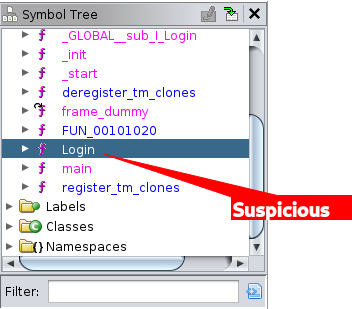
Conditions & Comparisions
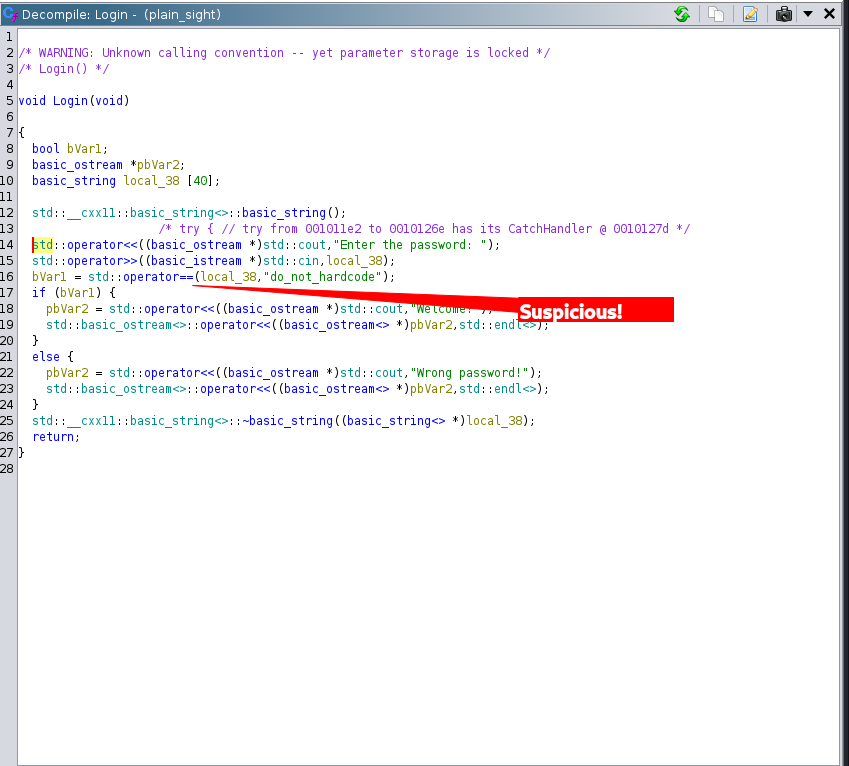
Input is compared to a hard coded string
Function Graph
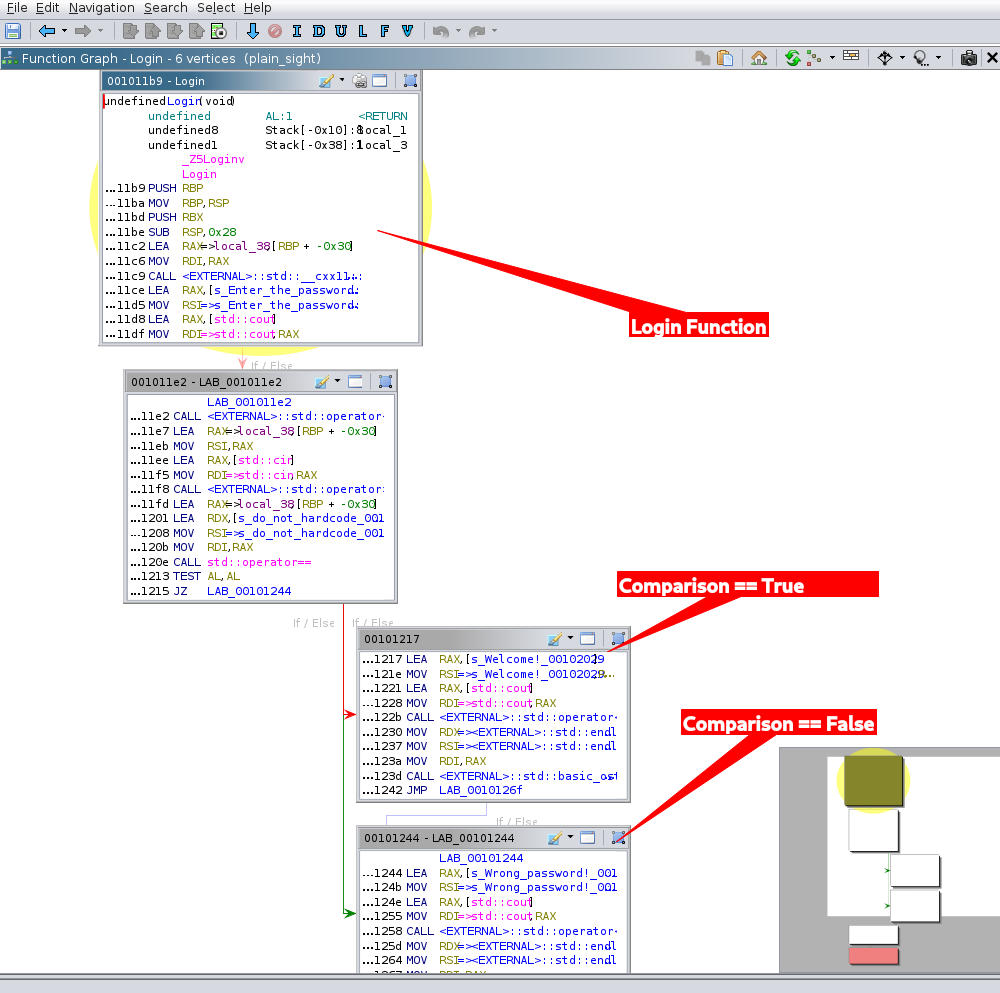
Take a look at the flow graph of functions
Strings
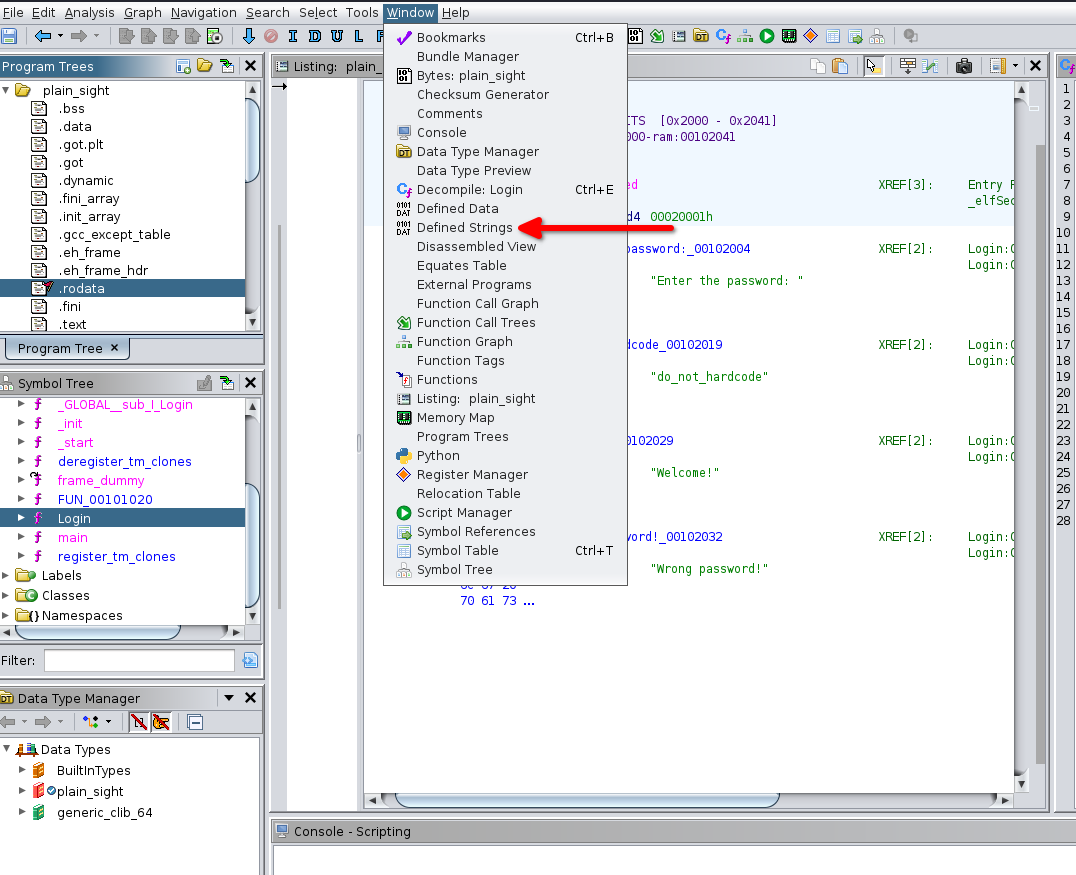
Strings can not only be located in data but also in other code segments, sometimes obfuscated
Strings

Do It Yourselves!
- Download Ghidra
- Download binaries at crackmes.one
- Find more binaries on hackthebox
- Or Find even more on tryhackme
- Download firmware of your favorite IoT appliances
A Word On Binary Obfuscation
Software Obfuscation was born in 1984 at the International Obfuscated C Code Contest
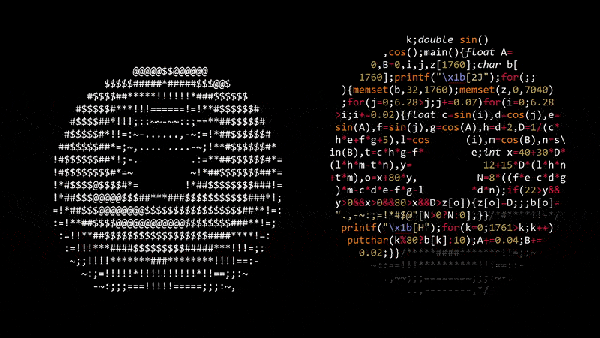
What Exactly might be Obfuscated in Your Code?
- Code Element Layers
- Layout
- Controls
- Data
- Methods
- Classes
- Component
- Library Calls
- Used Resources
- Application Layer
- DRM System
- Neural Networks
Techniques of Obfuscation
Splitting & Merging of Strings
Packing
Compress binary data
Mangling
Library symbols in compiled code for data that have the same name
c++filt
_ZNSt7__cxx1114collate_bynameIcEC2ERKNS_12basic_stringIcSt11char_traitsIcESaIcEEEm
std::__cxx11::collate_byname::collate_byname(std::__cxx11::basic_string, std::allocator > const&, unsigned long)
Code Elements
- Adding Unnecessary Instructions
- Changing Control Flows
- Protecting Data
